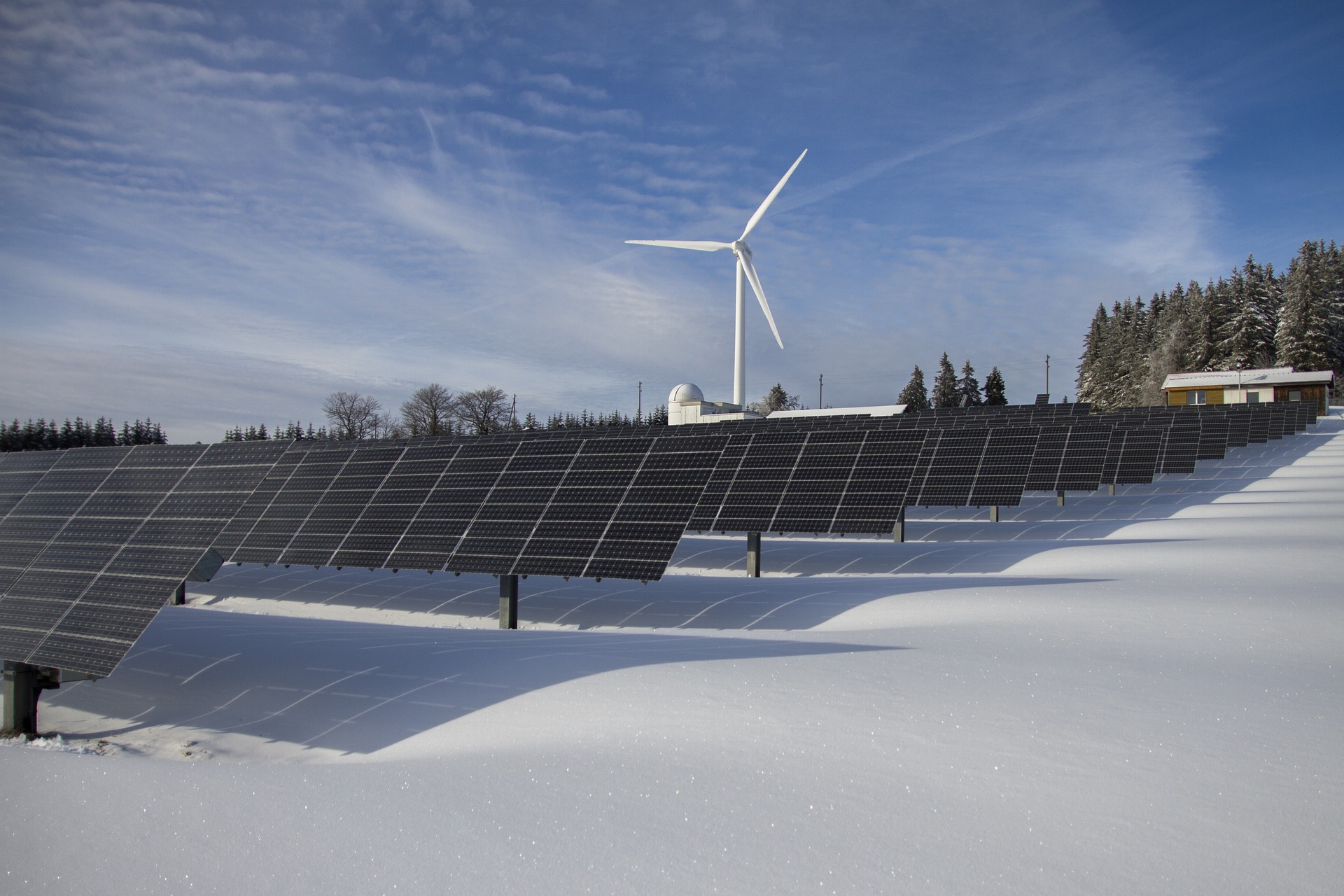The global disruptions in energy markets and the war in Ukraine have added impetus to the push for renewable energy and the drive toward net-zero carbon emissions, said Daniel Yergin in an article for the International Monetary Fund.
Yet, even as the global consensus around the energy transition becomes stronger, the challenges to that transition are also becoming clearer, the expert added.
In addition to the uncertain pace of technological development and deployment, four issues in particular stand out, the return of energy security as a prime requirement for countries, lack of consensus on how fast the transition should and can take place, in part because of its potential economic disruptions, a sharpening divide between advanced and developing countries on priorities in the transition
Obstacles to expanding mining and building supply chains for the minerals needed for the net-zero objective
The need for energy security was a concern that had largely faded over the past several years. The energy shock, the economic hardship that ensued, skyrocketing energy prices that could not have been imagined 18 months ago, and geopolitical conflicts—all these have combined to force many governments to reassess strategies. This reassessment recognizes that the energy transition needs to be grounded in energy security—that is, adequate and reasonably priced supplies—to ensure public support and avoid severe economic dislocations, with the dangerous political consequences that can follow.
The current global energy crisis did not start with the February 2022 invasion of Ukraine, Yergin said. Rather, it began in late summer of 2021.
The economic rebound that came with the ending of the global COVID-19 lockdowns fired up global energy consumption. Oil, natural gas, and coal markets all tightened in the latter part of 2021, sending prices up as demand pushed against what became apparent—insufficient supply. It was in November 2021, three months before the invasion, that the US government announced the first release from its strategic petroleum reserve. What has become clear is that “preemptive underinvestment” has constrained the development of adequate new oil and gas resources.
There are a number of reasons for this underinvestment—government policies and regulations; environmental, social, and governance (ESG) considerations by investors; poor returns caused by two price collapses in seven years; and uncertainty about future demand. The shortfall in investment was “preemptive” because of what was mistakenly assumed—that sufficient alternatives to oil and gas would already be in place at scale by now. Some have described what is currently unfolding as the “first energy crisis of the energy transition”—a mismatch between supply and demand. If it does prove to be only the first, future such crises will create uncertainty, cause major economic problems, and undermine public support for the energy transition.
Speed of the transition
If energy security is the first challenge of the transition, timing is the second. How fast should it—and can it—proceed? There is much pressure to accelerate a significant part of the 2050 carbon emission targets toward 2030. But it sometimes seems that the scale of what is being attempted is underestimated.
“In my book The New Map (2021), I looked at the previous energy transitions, and it is clear that this one is like no other. All previous transitions were driven largely by economic and technological advantages—not by policy, which is the primary driver this time”, he said.
Each of the preceding transitions unfolded over a century or more, and none were the type of transition currently envisioned. The objective of this transition is not just to bring on new energy sources, but to entirely change the energy foundations of what today is a $100 trillion global economy—and do so in little more than a quarter century. It is a very big ambition, and nothing on this scale has ever been attempted up to now.
Some have warned that because the scale of the transition is so large and far-reaching, the macroeconomic impact needs deeper analysis.
The economist Jean Pisani-Ferry, cofounder of Bruegel, Europe’s leading economic think tank, has observed that accelerating the targets for net carbon emission reductions too aggressively could create much larger economic disruptions than generally anticipated—what he called “an adverse supply shock—very much like the shocks of the 1970s.”
Such a transition, Pisani-Ferry presciently wrote in 2021, just before the current energy crisis began, is “unlikely to be benign and policymakers should get ready for tough choices.” He subsequently added, in 2022: “Climate action has become a major macroeconomic issue, but the macroeconomics of climate action are far from the level of rigor and precision that is now necessary to provide a sound basis for public discussions and to guide policymakers adequately. For understandable reasons, advocacy has too often taken precedence over analysis. But at this stage of the discussion, complacent scenarios have become counterproductive. The policy conversation now needs methodical, peer-examined assessments of the potential costs and benefits of alternative plans for action.”
Yergin added a lot of issues for the energy transition that you can find in the following link.



